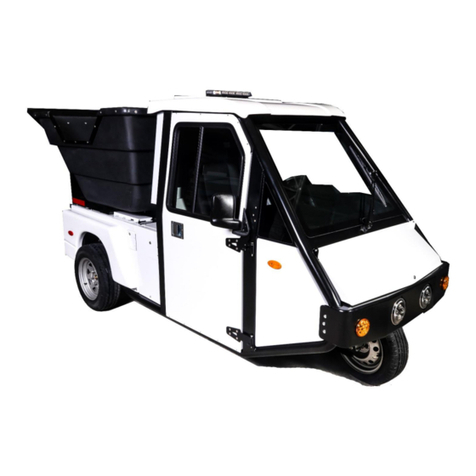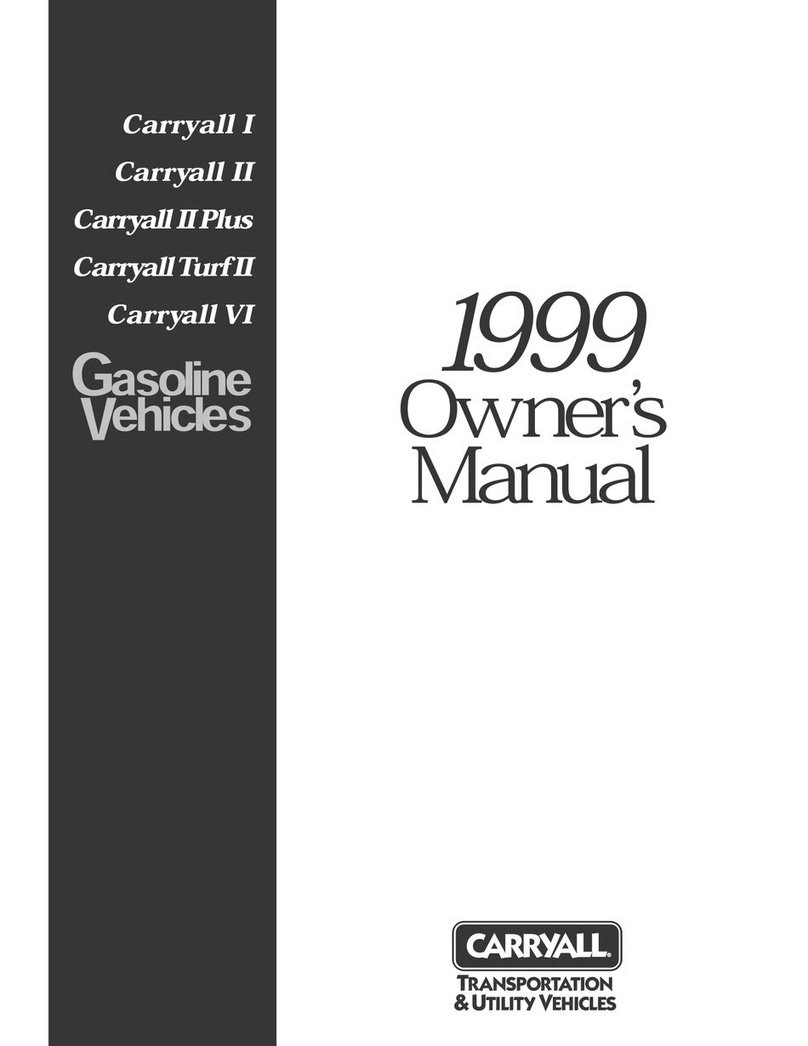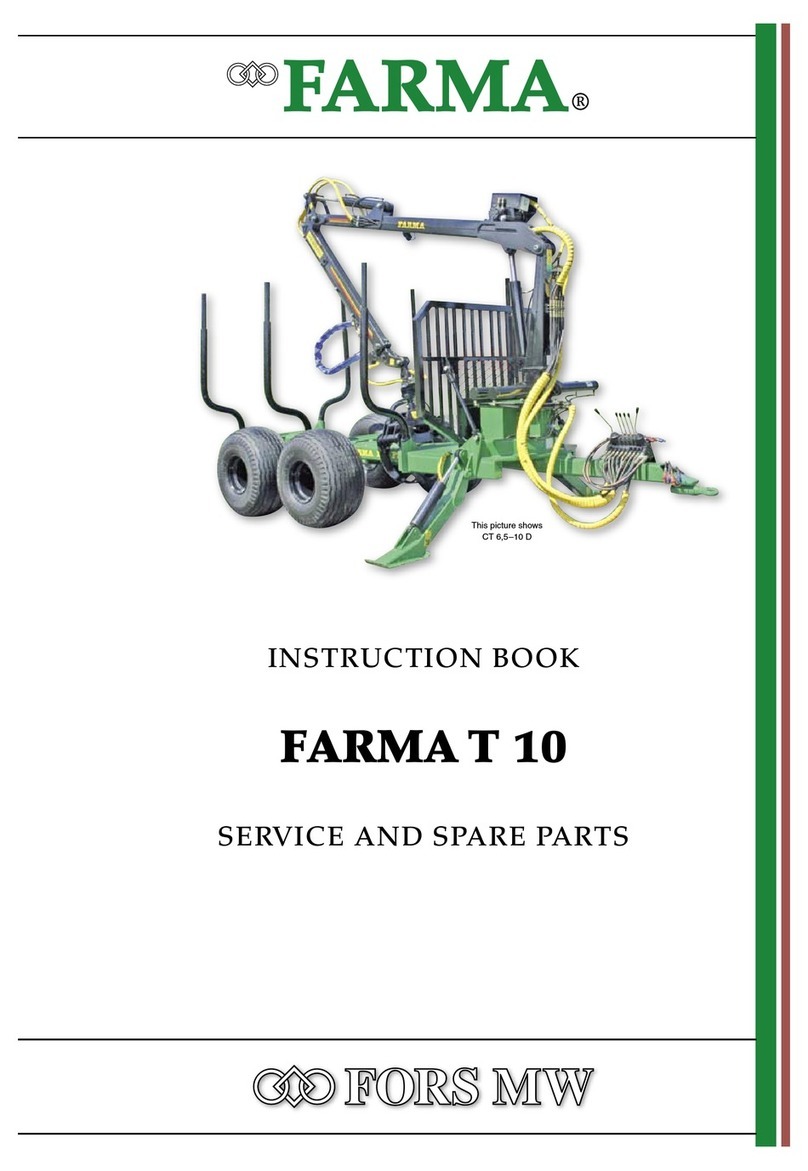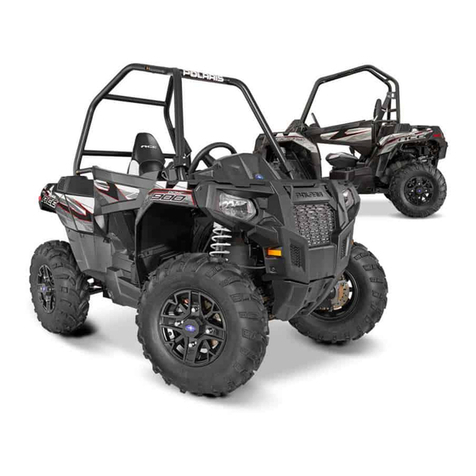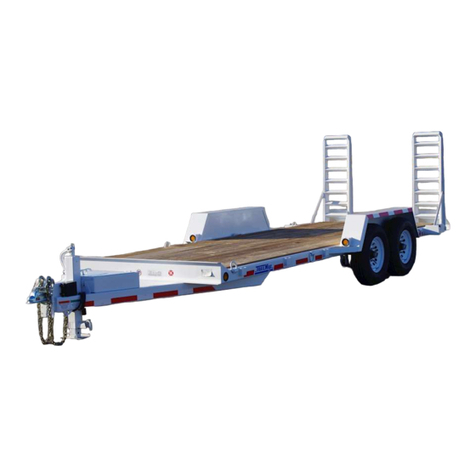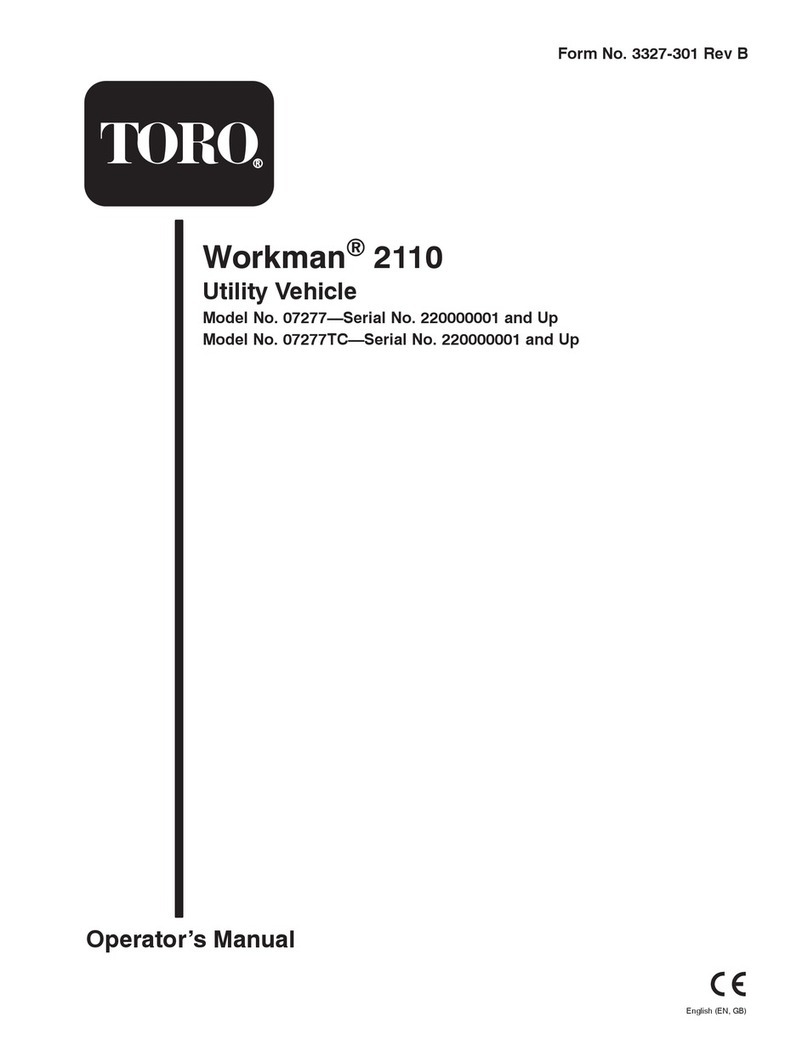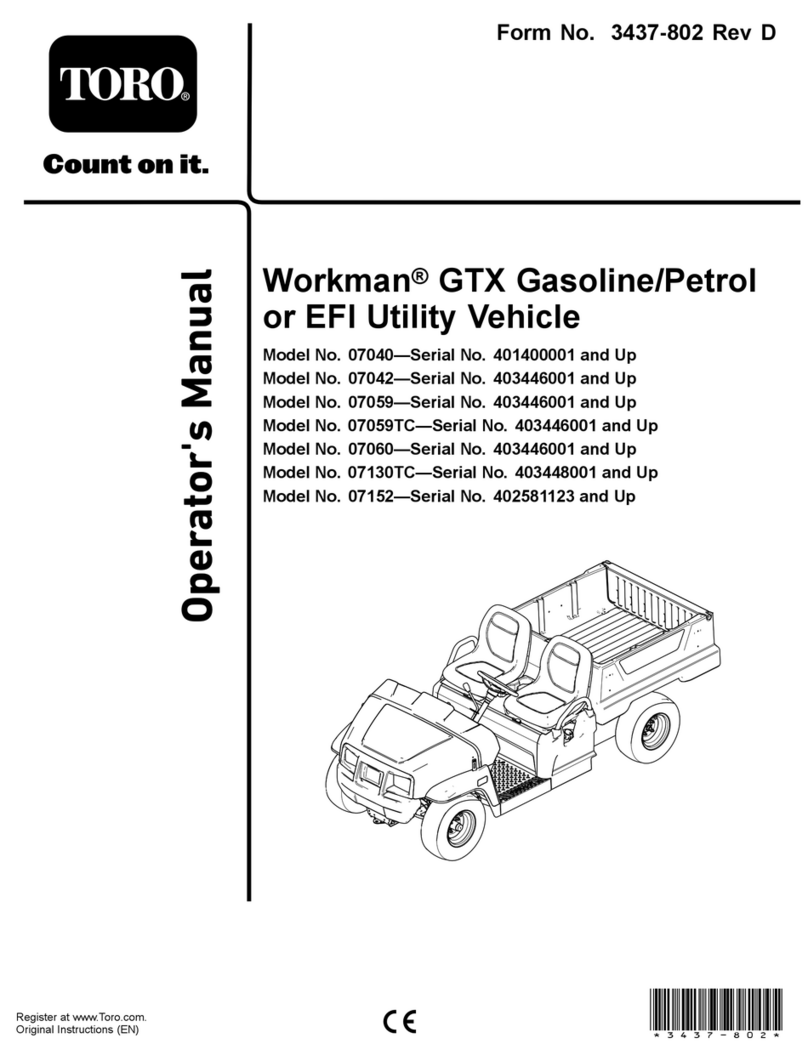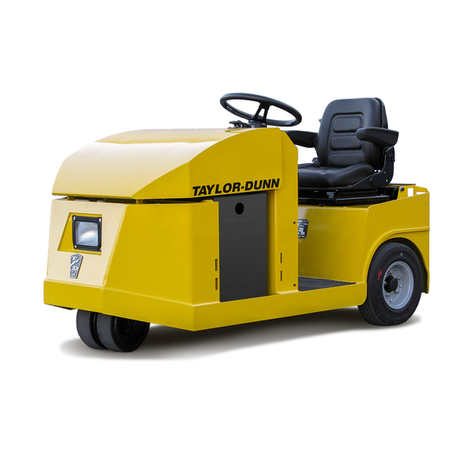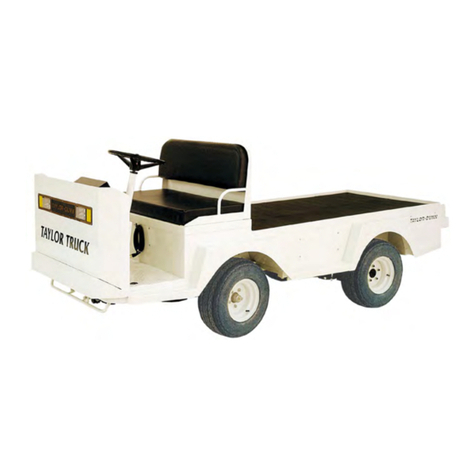
10
mWARNING
Failure to follow these instructions may cause danger
to life or danger of serious injuries.
mCAUTION
Failure to follow these instructions may cause light to
medium risk of injury.
mNOTE
Failure to follow these instructions may cause danger
of damage of the engine or other property values.
General safety informations
1. Keep your work area tidy
• Disorder in the work area can lead to accidents.
2. Take environmental inuences into account
• Never work with the machine in enclosed rooms
or in rooms with poor ventilation. If the engine
runs toxic gases are generated. These gases
can be odourless and invisible.
• Do not expose the machine to rain.
• Do not use electric tools in a damp or wet en-
vironment.
• Take care on your secure footing on uneven
ground
• Make sure that the work area is well illuminated.
• Never use the machine in highly ammable
vegetation or where re and explosion hazards
exist.
• Provide a re extinguisher in drought conditions
(re hazard).
3. Keep other persons away
• Do not allow other persons to work with the ma-
chine especially children and young people.
4. Securely store unused tools
• Unused tools should be stored in a dry, elevated
or closed location out of the reach of children.
5. Do not overload your machine
• They work better and more safely in the speci-
ed output range.
6. Wear suitable clothing
• Do not wear wide clothing or jewellery, which
can become entangled in moving parts.
• Wear solid working shoes and work gloves.
Gloves made out of leather oer good protection.
• Wear protective shoes with steel caps.
• Always wear a working suit made out of solid
material.
• Tie long hair back in a hair net and wear a hardhat
7. Wear personal protective equipment
• Always wear a protective headgear, safety
goggles, work gloves, non-slip footwear and
hearing protection.
8. Avoid abnormal working postures
• In use of the machine ensure on your secure
footing.
4. Proper use
The machine is to be used only for its prescribed
purpose. Any other use is deemed to be a case of
misuse. The user / operator and not the manufactur-
er will be liable for any damage or injuries of any kind
caused as a result of this.
To use the machine properly you must also observe
the safety information, the assembly instructions and
the operating instructions to be found in this manual.
All persons who use and service the machine have
to be acquainted with this manual and must be in-
formed about the machine’s potential hazards.
It is also imperative to observe the accident preven-
tion regulations in force in your area. The same ap-
plies for the general rules of health and safety at
work.
The manufacturer will not be liable for any changes
made to the machine nor for any damage resulting
from such changes.
The machine is to be used only for its prescribed
purpose. Any other use is deemed to be a case of
misuse. The user / operator and not the manufacturer
will be liable for any damage or injuries of any kind
caused as a result of this. Please note that our ma-
chine has not been designed for use in commercial,
trade or industrial applications. Our warranty will be
voided if the machine is used in commercial, trade or
industrial businesses or for equivalent purposes.
5. Safety information
These operating instructions provide places concern-
ing your safety which are marked with this indication:
m
Furthermore this manual contains other important
sections which are marked with the word “Atten-
tion!”.
m Attention!
While using the machine some safety precautions
must be observed to prevent injuries and damage.
Read the directions with due care. If you give the ma-
chine to any other person, give them these operating
instructions as well. We assume no liability for injuries
or damages which are a results of non-compliance of
this manual and its safety notes.
mDANGER
Failure to follow these instructions may cause serious
danger to life of danger or fatal injuries.


